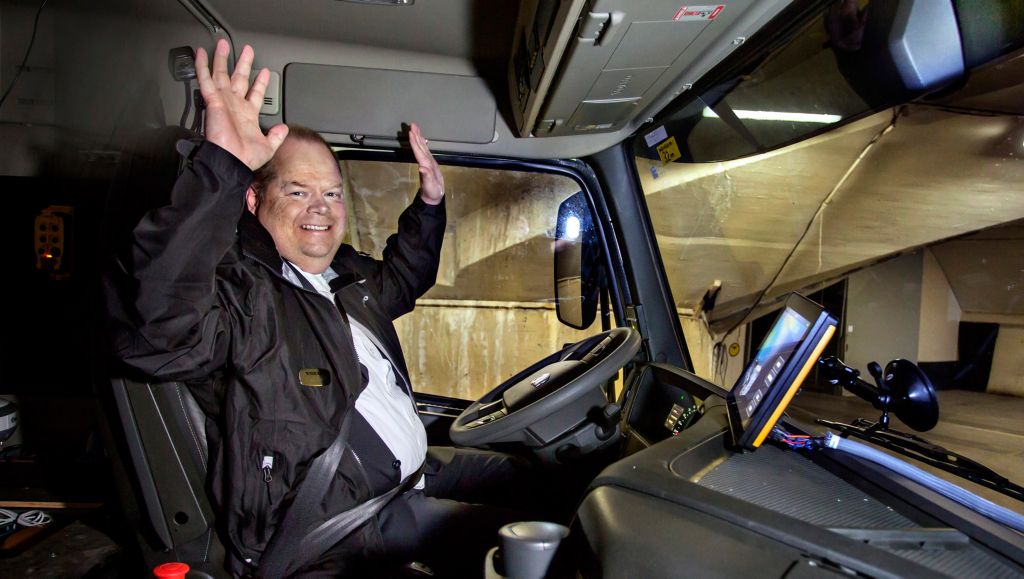Johan heads up research into connected self-driving trucks


A while back, when Johan Tofeldt was a speaker at a seminar alongside some other large industrial companies, the question of future autonomous vehicles was raised..
“Just before I was due to speak, they were saying how there’s no technology around for autonomous underground vehicles. So it felt really good to go up and tell everyone about our research project in the mine in Kristineberg,” Johan explains.
Johan is heading up the research project in the Swedish mine. Specially built self-driving Volvo trucks are being tested at the site with the aim of improving safety in the mine, increasing production capacity and at the same time reducing fuel consumption.
Self-driving vehicles need connectivity to receive their instructions. But connectivity can be used for so much more. As well as being used in self-driving vehicles and in autonomous vehicles with drivers, it can also be used in completely manual vehicles with drivers. This means that different types of vehicles can work together, as in a mine.
For Johan it was obvious that automation was the technology of the future when the research project got underway. “I think autonomous vehicles have been a dream for a long time among of our customers in the mining sector,” he says. And it would seem he is right. The development of the technology in the research project has always taken place in close contact with the customer. Johan describes in simple terms how they set about their task in the mine.
The first step was manual driving around the mine, building up a map in the process by using a sensor system. The next step was to use the software to locate the truck. The truck compares what it sees on the map with its actual position. It then sends information to a server, a process known as cloud functionality. Finally, this information is sent to all the connected vehicles, which can then start working
“One thing we’ve learnt is that the customer doesn’t always need systems that are that advanced and in fact prefers simpler functionality if that means it can be introduced sooner,” Johan reveals. He stresses that it is important to understand that when he says ‘sooner’, he doesn’t mean next year, but longer term than that. “We will absolutely be able to offer customer-specific solutions in the future,” he continues.
Johan explains that it is not necessary to have contact with the vehicle all the time. For shorter stretches it may be enough to have contact when loading and unloading the vehicle, but for longer stretches there can be one or more monitoring points.
The next step for the research project in the mine is to modify the mining company’s own trucks so that they can utilise the new technology.
“We’re also considering a range of different cloud functions. We want to be able to send information such as cargo statistics securely from the connected vehicles to the customer wherever they are in the world,” he explains.